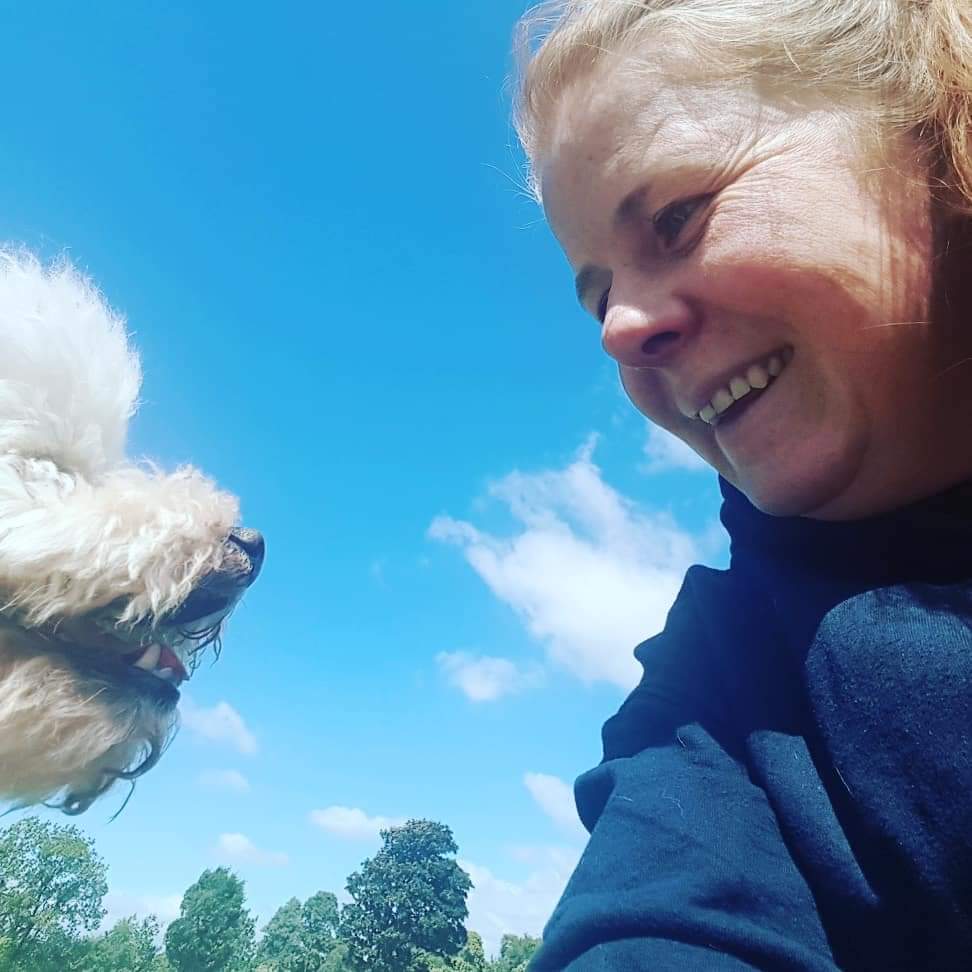
How to Train a Dog to Stop Barking at Strangers
How to Train a Dog to Stop Barking at Strangers
We all love a chatty pup—until they decide to give a loud “hello” (or is it “back off”?) to every passing stranger. Whether your dog thinks they’re the local neighbourhood watch or just gets overly excited, excessive barking can be a bit much. Don’t worry, though—help is at hand. With some patience, a few biscuits (the dog kind, not the custard creams), and the right techniques, your pup can learn to stay calm and polite around new faces.
Why Do Dogs Bark at Strangers?
First things first, let’s get into your dog’s head. Why are they so keen to give strangers an earful?
Fear or anxiety: “Who’s this now, and why are they walking near my house?”
Territorial instincts: Your dog might think they’re the King or Queen of the castle, and strangers are trespassers.
Excitement overload: Some dogs can’t resist shouting, “NEW FRIEND!” even if the “friend” isn’t quite on the same page.
Once you understand what’s behind the barking, it’s easier to tackle the issue.
Step 1: Socialise Your Dog Early
Dogs are like us—they’re more relaxed around strangers if they’ve had good experiences meeting people before.
Start small: Introduce your dog to new people in controlled settings. Think of it as a tea party for your dog (minus the actual tea).
Make it fun: Reward your dog with treats and praise whenever they handle meeting new faces like a champ.
Step 2: Master the “Quiet” Command
Teaching your dog the “quiet” command is like having a polite way to say, “Shh!” without the frustration.
Trigger the barking: (Yes, intentionally!) Get someone to knock on the door or walk by.
Say “quiet”: Use a calm yet firm tone. Don’t shout—your dog might think you’re joining in on the barking!
Reward the silence: The moment your dog stops, offer them a treat. Bonus points if they give you that “Wait, what just happened?” face.
Practice, practice, practice: Like learning the cha-cha, repetition makes perfect.
Step 3: Use Positive Reinforcement
Dogs love a bit of encouragement—especially if it comes with a tasty snack.
Catch them being good: If your dog stays calm around a stranger, even for a moment, reward them.
Distract and redirect: When visitors arrive, give your dog something better to focus on, like their favourite toy or a chew.
Pro Tip: Treats are your secret weapon here. Keep them handy, but don’t let your dog turn into a furry snack monster.
Step 4: Manage the Environment
Sometimes, barking isn’t about the stranger—it’s about what your dog can see or hear. A few simple changes can work wonders.
Close the curtains: If your dog barks at every person, postie, or pigeon passing by, blocking the view can help.
Create a safe space: Give your dog a comfy, quiet spot to retreat to when they’re feeling overwhelmed. A soft bed or cosy crate does the trick.
Step 5: Desensitisation (The Fancy Word for Gradual Training)
The idea here is to show your dog that strangers aren’t a big deal.
Start from afar: Introduce strangers from a distance where your dog feels calm. Think of it as easing into a cold pool—slow and steady.
Get closer over time: As your dog relaxes, gradually reduce the distance.
Reward calm behaviour: No barking? That deserves a biscuit (again, the dog kind).
Mistakes to Avoid
Even the best intentions can go a bit pear-shaped. Here’s what not to do:
Shouting: It’s tempting, but it’ll only make your dog think you’re joining the barking choir.
Being inconsistent: Mixed signals confuse dogs faster than a squirrel in a park.
Forgetting the cause: Address the why behind the barking, not just the barking itself.
When to Call in the Pros
If your dog’s barking feels more like a career than a habit—especially if fear or aggression is involved—don’t hesitate to call in a professional trainer or behaviourist. They can work magic (no wand required) to help your pup feel more secure.
Conclusion
Training your dog to stop barking at strangers is all about patience, positivity, and a bit of humour along the way. With consistent practice and a good supply of treats, you’ll soon have a calmer, quieter pup who won’t feel the need to shout at everyone they see.
And remember, your dog isn’t barking just to annoy you (probably). They’re just being themselves, and it’s up to us to show them how to channel their energy into being the best version of their adorable selves.
